Down Ticket #9: As the fall campaign begins, Democrats are on track to win back the Senate
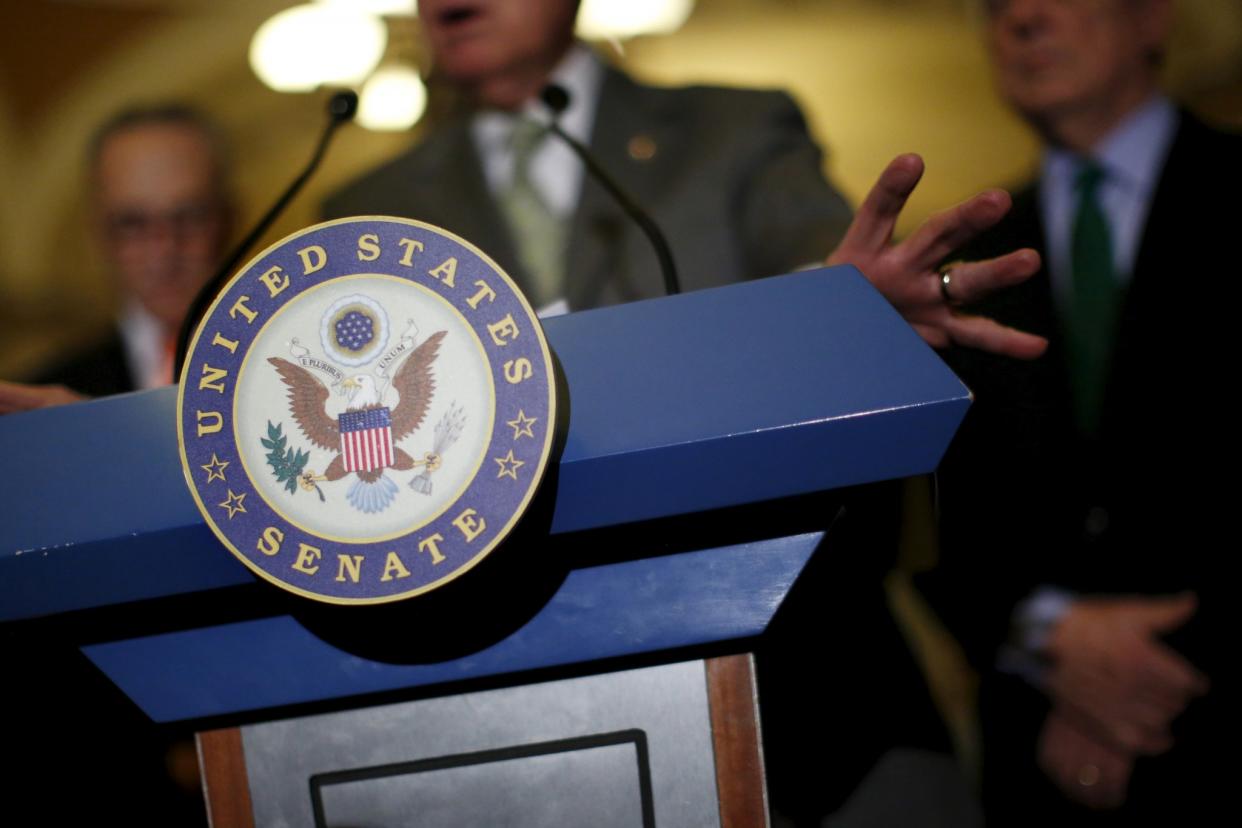
Down Ticket is Yahoo News’ complete guide to the most fascinating House, Senate and governors’ races of 2016. Coming to you every Tuesday and Thursday until Nov. 8. What you need to know today.
_____
Labor Day is done. The summer is over. The fall campaigns have (finally!) begun.
To kick off Down Ticket’s general-election coverage — the 62-day sprint from now until Nov. 8 — we’ve decided to take stock of where things currently stand and preview what to expect in the weeks ahead.
For today’s overview — and for the rest of the cycle — we’ll be getting an assist from our expert partners over at the Cook Political Report, who know more about down-ballot races than anyone else in the business.
Short version: Democrats have a better chance than ever of taking back the Senate. The House will be much more challenging — but a shift in control is no longer unthinkable. And while Democrats definitely won’t win a majority of governors’ mansions this year, they are preparing to pick up a few.
Here’s the lay of the land in race for the Senate. House and gubernatorial cheat sheets will follow on Thursday.
Senate
Current breakdown: Republicans, 54 seats; Democrats, 44 seats; Independents, 2 seats. Both Independents caucus with the Democrats.
In play: 10 Democrat-held seats (CA, CO, CT, HI, MD, NV, NY, OR, VT, WA); 24 Republican-held seats (AK, AL, AR AZ, FL, GA, IA, ID, IL, IN, KS, KY, LA, MO, NC, ND, NH, OH, OK, PA, SC, SD, UT, WI)
To change control: Democrats need a net gain of four seats if Hillary Clinton wins the presidency — in that case, VP Tim Kaine could break any ties — or five seats if Clinton loses to Donald Trump.
Tossups: One Democrat-held seat (NV, where Senate Minority Leader Harry Reid is retiring); eight Republican-held seats (FL, IL, IN, NH, NC, OH, PA, WI)
The big picture: All of the Republican freshmen who rode the tea party wave of 2010 are up for reelection in November, which means the GOP has to defend more than twice as many seats as the Dems do. In short, the deck is stacked against Senate Republicans this cycle — and the historically unpopular mogul at the top of the ticket isn’t helping matters.
That said, August wasn’t all bad for the GOP.
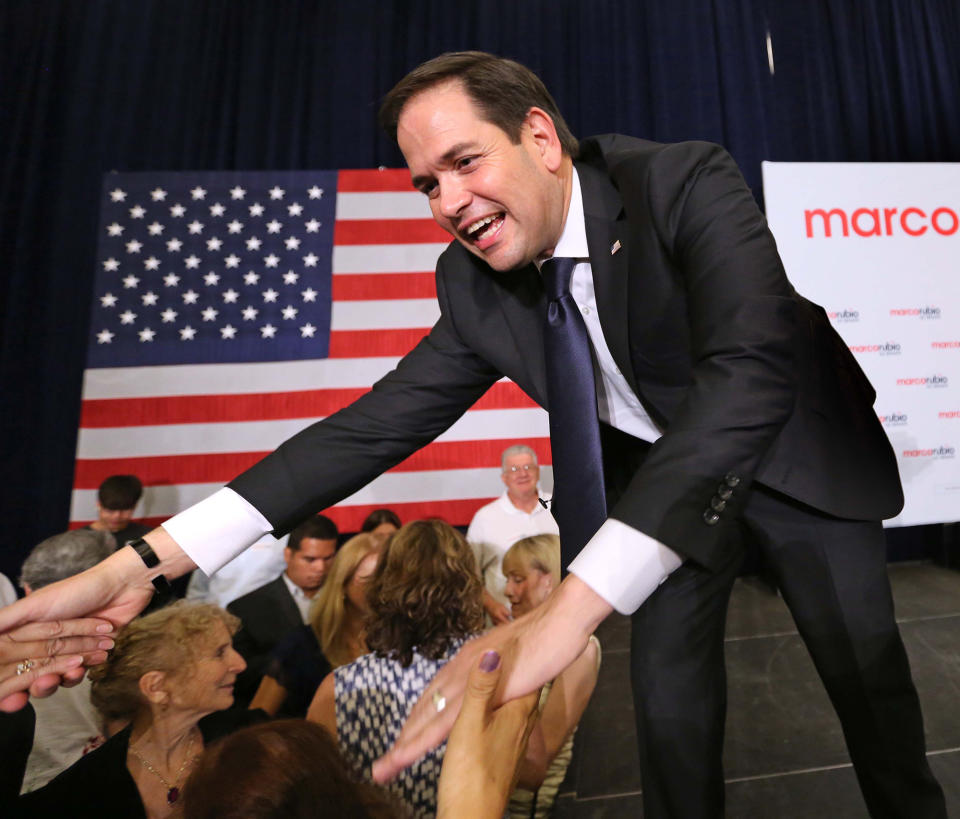
Earlier this year, Florida looked like a prime Democratic pickup opportunity. Incumbent Sen. Marco Rubio, then campaigning for the Republican presidential nod, had vowed not to run for reelection to the Senate; the Republican field was fractured; and the likely Democratic standard-bearer, ambitious 33-year-old Rep. Patrick Murphy, seemed to have all of the momentum. But then Rubio reneged on his pledge and reentered the race, and Murphy’s bitter primary fight against firebrand liberal Rep. Alan Grayson — a battle that raised questions about whether Murphy had inflated his resume — left the young congressman bruised and battered. Both Rubio and Murphy easily won their Aug. 30 primaries, but it was the Republican who finished the month with a healthy 5.7 percentage-point lead in the general election polls. GOP insiders are increasingly confident that Rubio, a skilled campaigner, will be returning to the Senate in January.
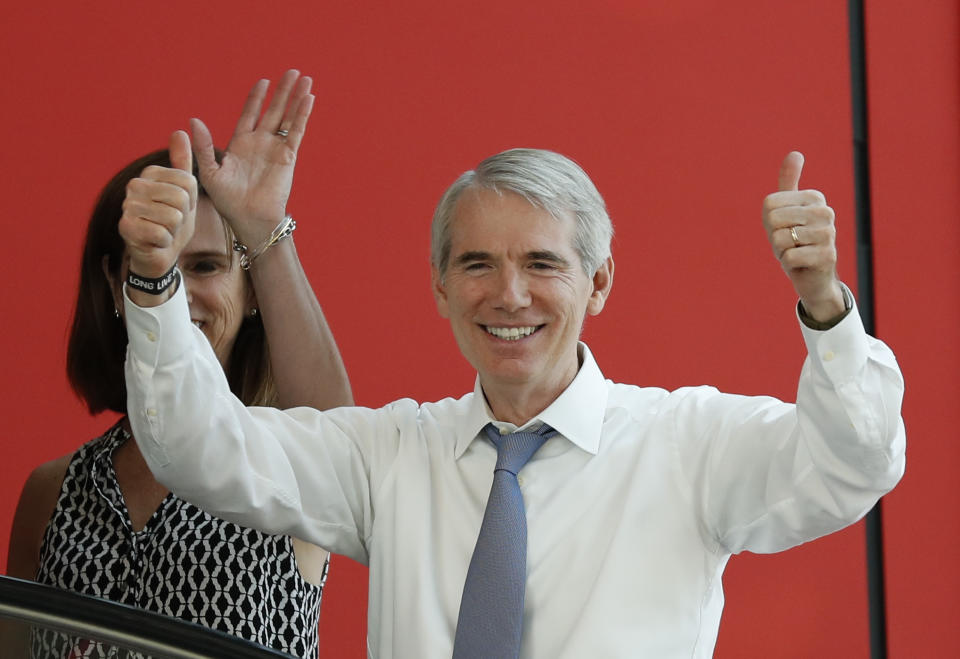
They feel the same way about Sen. Rob Portman of Ohio. Once upon a time, the race between Portman and former Democratic Gov. Ted Strickland seemed destined to be a nail-biter; Strickland led — narrowly — in nearly every survey taken before the start of the summer. But no longer. Boosted by $18.2 million in outside spending, a massive fundraising advantage, and several key union endorsements, Portman has run what Republicans describe as a pitch-perfect down-ballot campaign, reaching out to split-ticket swing voters while refusing to let Trump define him. (Like Ohio Gov. John Kasich, he declined to attend the Republican National Convention in Cleveland.) As a result, Portman took the lead in June, and he’s only pulled further ahead since then; average together the August polls and he’s currently clobbering Strickland by 9.75 percentage points. In a sign indicating where this contest appears to be headed, Democratic groups recently canceled more than $2 million they had planned to spend in Ohio — and the Koch brothers did the same.
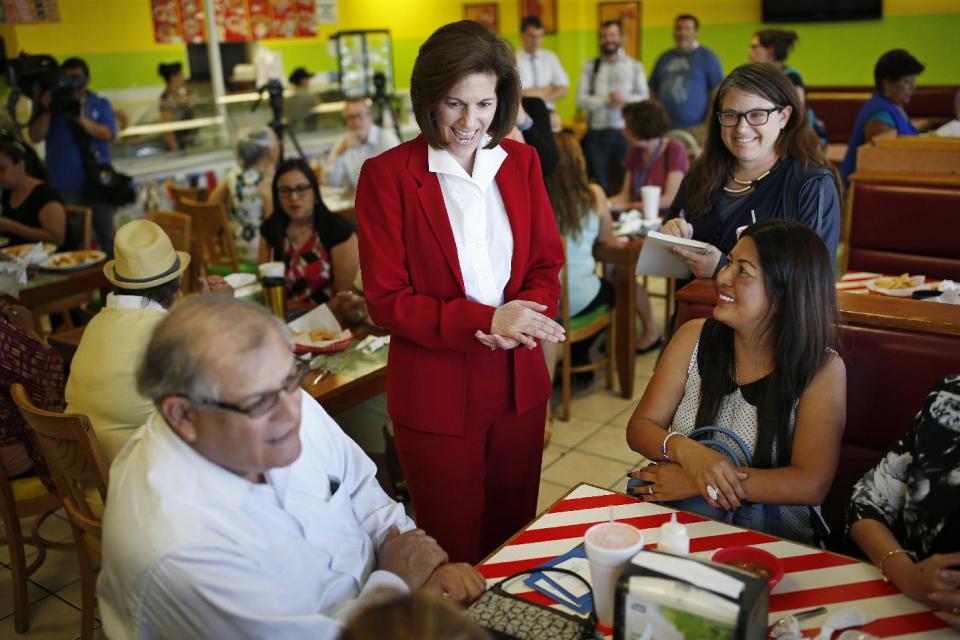
Nevada is another Republican bright spot. As we’ve noted, Democrat Catherine Cortez Masto should be the favorite. She is Reid’s handpicked successor, which means she is backed by the minority leader’s powerful political machine and a Nevada Democratic Party that is much more organized than the state’s notoriously sloppy GOP. As the granddaughter of an immigrant from Chihuahua, Mexico, she would be the first Latina senator in U.S. history — a leg up in a state with a large Latino population (28 percent) that votes heavily Democratic. And in general, Democrats — who enjoy a statewide voter-registration advantage over Republicans — tend to benefit from presidential-year turnout patterns in Nevada. Yet Cortez Masto hasn’t led in a single poll since May; in fact, Republican Rep. Joe Heck is slightly ahead at this point, according to the RealClear Politics average. Why? Because Heck is the more talented candidate.
The problem for Republicans, though, is that the good news basically stops there.
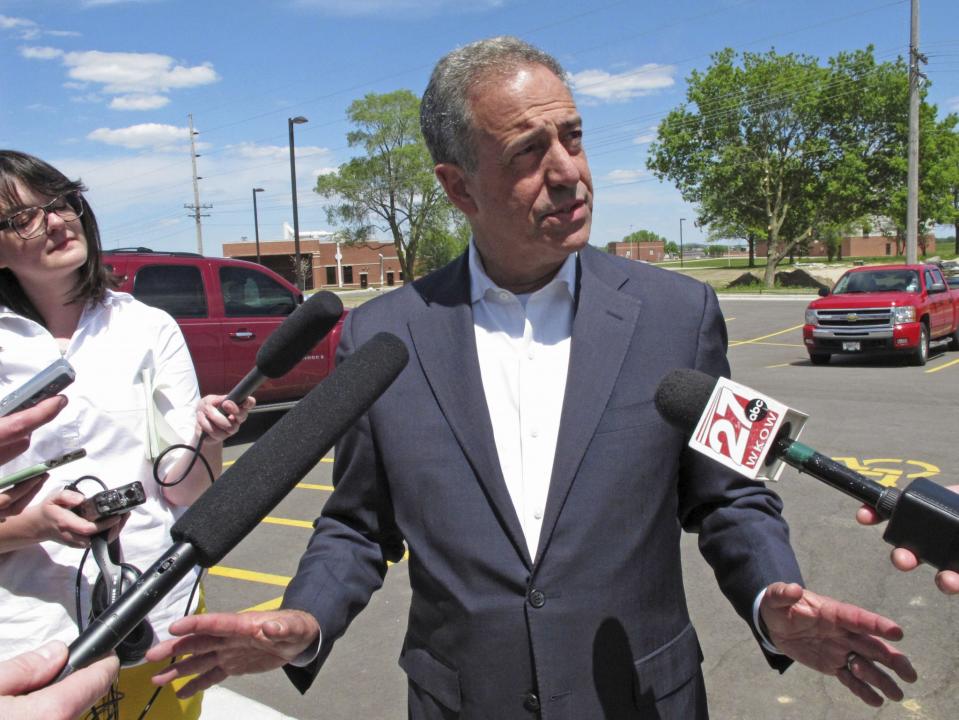
At least three of this year’s official Senate tossups don’t look much like tossups right now. In Wisconsin, former Democratic Sen. Russ Feingold is leading incumbent Ron Johnson by an average of 9.7 percentage points (though a recent Marquette survey — possibly an outlier — shows a closer contest); Feingold is even ahead in the dash for cash. In Illinois, where polling is less plentiful, Rep. Tammy Duckworth seems to hold a similar edge over incumbent Ron Kirk, who has been sprinting away from Trump in an attempt to woo swing voters in a state that Clinton is likely to win by 20 points. And the same thing seems to be happening in Indiana, where the former senator and governor Evan Bayh, one of the biggest names in Hoosier politics, entered the race in mid-July and promptly opened up a big lead over Republican Rep. Todd Young.
Meanwhile, the true tossups appear to be trending toward the Dems — and races that leaned Republican are now threatening to become tossups.
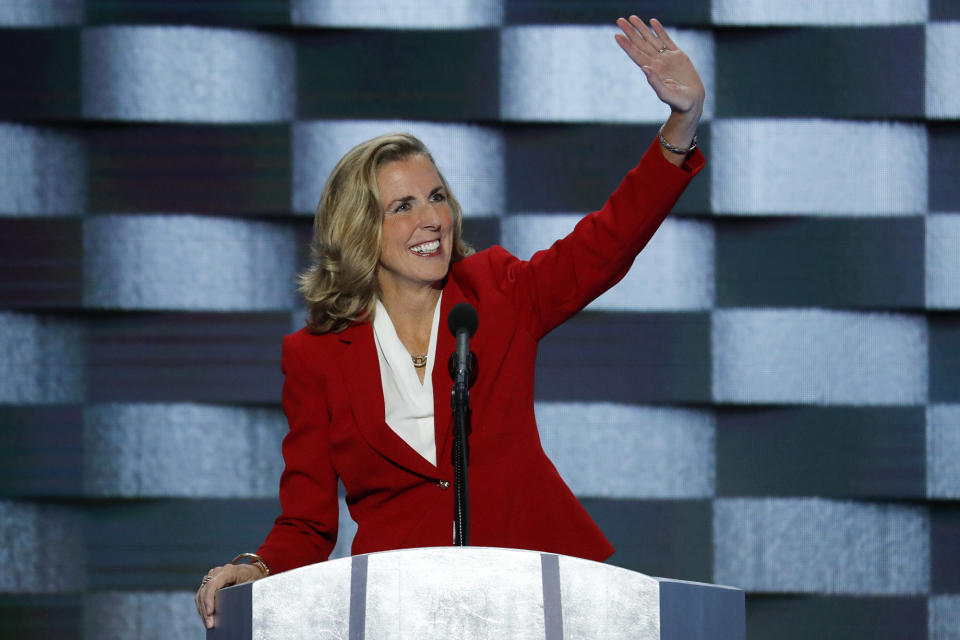
In the first category: Pennsylvania, where the lackluster Democratic candidate, former state and federal environmental policy official Katie McGinty, has led incumbent GOP Sen. Pat Toomey in all but two of the surveys released since the start of July, and New Hampshire, where Democratic Gov. Maggie Hassan has topped incumbent Kelly Ayotte in every poll taken over the same period. Neither Toomey nor Ayotte has embraced Trump, but because the Donald is performing poorly in both states — he trails by 6.5 points in Pennsylvania and by 9 in New Hampshire — he still seems to be dragging them down.
Even more worrying for the GOP are Arizona, Georgia, Missouri and North Carolina, which weren’t even supposed to be competitive. Cook Political Report has already moved the Tarheel State into the tossup category; GOP incumbent Richard Burr has run a sluggish campaign, and bolstered by Team Clinton’s aggressive in-state spending, Democratic challenger Deborah Ross has come from behind to take the lead in a pair of recent polls.
Democrats hope, and Republicans fear, that her counterparts in other “Lean Republican” states could be next. Arizona Rep. Ann Kirkpatrick is mounting the strongest general-election challenge of John McCain’s career; thirty-five-year-old Missouri Secretary of State Jason Kander is within striking distance of incumbent GOP Sen. Roy Blunt; and self-funding Georgia Democrat Jim Barksdale is starting to gain traction in the polls.
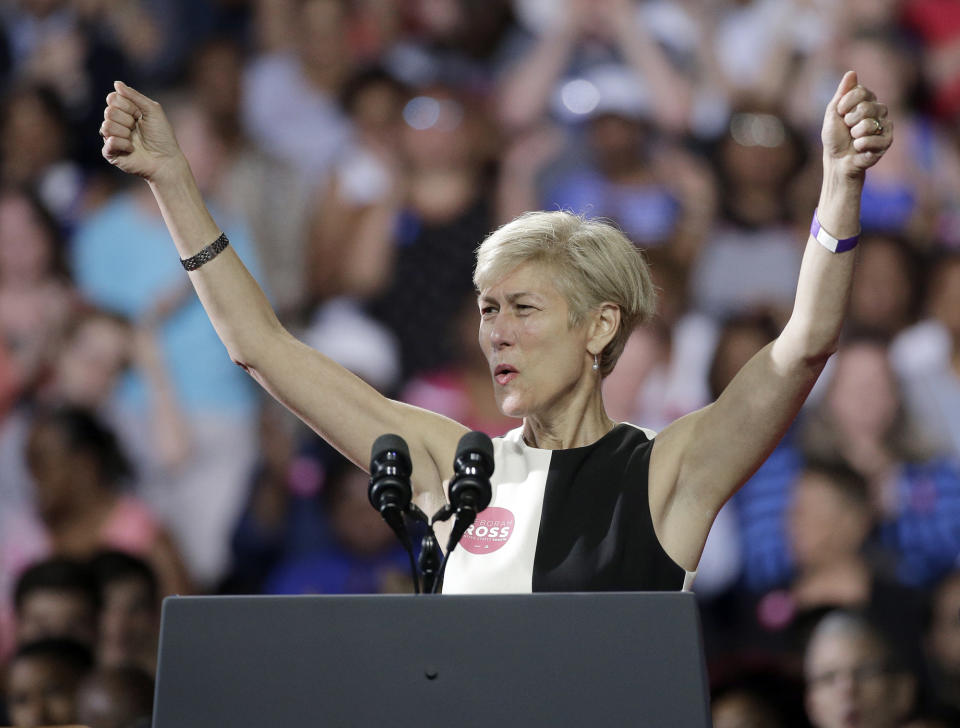
The bottom line: Senate Democrats probably won’t win Georgia, Missouri, or Arizona. But the mere fact that we’re watching to see whether they turn into tossups as well just goes to show how tenuous the GOP’s grip on the Senate is becoming.
A lot of it comes down to Trump. If he tanks this fall, triggering record minority turnout in states such as Arizona, North Carolina, and Georgia, then all bets are off.
But even if nothing changed between now and Election Day, Democrats would still be favored to win the Senate. New York Times forecasters currently give them a 55 percent chance; DailyKos, 57 percent; PredictWise, 64 percent; Princeton Election Consortium, 77 percent.
Why? Because they don’t need to win Georgia, Missouri or Arizona. They don’t need North Carolina. They don’t need Florida or Ohio. They don’t even need to hang on to Nevada. Assuming they lose the Silver State, they simply need to win the five states where the fundamentals favor them, and where they’re currently leading in the polls: Pennsylvania, New Hampshire, Indiana, Illinois, and Wisconsin. That’s enough for a new Democratic majority.
Which isn’t to say it’s a lock. Just that, when it comes to the battle for the Senate, Democrats are starting the fall campaign on offense — and Republicans are on their heels.
_____

The best of the rest
Gun control groups back Republicans who voted for restrictions, scrambling the politics. https://t.co/HSV7F2KN5y pic.twitter.com/DhsGSdildh
— NYT Politics (@nytpolitics) September 5, 2016
NEWS: @freedomcaucus candidate Biggs in Ariz. seizes ahead of GOP-estab candidate by 9 votes! Recount expected https://t.co/ZLO37MBly9
— Rachael Bade (@rachaelmbade) September 3, 2016
My latest: Charlie Crist's run for Congress is his last shot. He knows this is win or go home, friend says. More: https://t.co/juBlHBdfbb
— Heather Caygle (@heatherscope) September 3, 2016
WATCH: GOP senator launches ad arguing he is still a Washington outsider https://t.co/oHhtgKeOPv pic.twitter.com/1RadGmrAFD
— The Hill (@thehill) September 6, 2016
_____
Countdown
_____
(Cover tile photo: Jonathan Ernst/Reuters)



